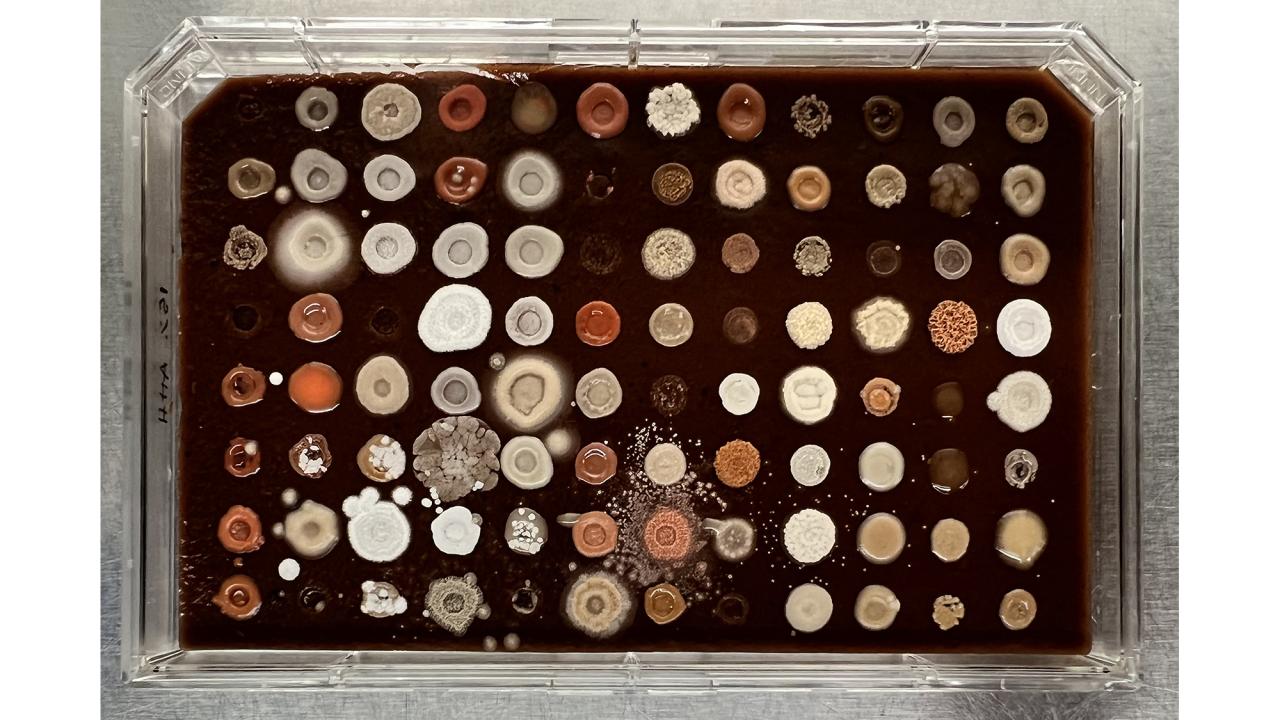
Yeast grown on almond hulls could be a new, sustainable route to produce high-protein animal feed from an agricultural waste product, according to research from UC Davis published Nov. 15 in PLOS One.
Raising animals for meat requires livestock feed that is high in protein, especially essential amino acids that animals need to grow. That makes feed the most expensive input in meat production.
Plant-based animal feed would be cheaper and more sustainable than that based on, for example, fish meal. The California almond industry produces almost 2.5 million tonnes of almond hulls (the outer layer of the almond fruit that surrounds the nut) a year, which is mostly sold as a low value animal feed.
Feeding almond hulls to yeasts instead might be a way to boost their nutritional value. Yeasts could consume sugars from the hulls and produce protein. Kyria Boundy-Mills, curator of the Phaff Yeast Culture Collection at the UC Davis Department of Food Science and Technology, Tina Jeoh, professor of biological and agricultural engineering and colleagues screened 65 yeast strains from the Phaff collection to see if they could grow on liquefied almond hulls.
The initial results are promising. Yeasts were able to convert sugars from the almond hulls into yeast biomass, including protein. However, few of the yeasts tested were able to consume galacturonic acid, which makes up about 30 percent of the carbon content of hydrolyzed almond hulls.
The process did require adding enzymes to convert the hulls to a slurry, and nitrogen for the yeasts to produce proteins. Yields of essential amino acids (especially lysine) need further improvement.
Since the initial study, the researchers have identified more yeast strains that can digest galacturonic acid, Boundy-Mills said.
Solid oils from yeast
The team is also researching using yeasts grown on almond hulls or grape pomace (residue from winemaking) to make oils that solidify at room temperature. These could be a sustainable alternative to animal fats and tropical oils such as palm oil.
“The Phaff Yeast Culture Collection makes this study possible, because we have over 9,000 strains belonging to over 1,500 yeast species,” Boundy-Mills said. The collection is in the process of absorbing another 5,000 yeasts from a retired Canadian professor, UC Davis alum Marc-André Lachance, and testing some of those, she said. So far, they have screened over 300 yeast strains for useful properties.
Additional coauthors on the PLOS One paper are Irnayuli Sitepu, Alex Hitomi, Wayne Wu and Angela Wu, all at UC Davis. The work in the PLOS One paper was supported by a grant from the Almond Board of California. Additional studies were supported by the Good Food Institute, the UC Davis STAIR program, and the Resnick Agricultural Innovation Research Fund. Additional collaborators on the yeast fat work include Payam Vahmani (UC Davis Department of Animal Science), and Ameer Taha, Juliana Bell and Andrew Gravelle (Department of Food Science and Technology).
Media Resources
Production of high protein yeast using enzymatically liquefied almond hulls (PLOS One)
